Old temples, lively bazaars, and traditions that never change are all places in India where you may hear history. But what makes it genuinely interesting is how well it fits in with the present not simply its past. There are Living Heritage Cities all around India. These are sites where the beauty of the past and the way people live now come together harmoniously. These sites aren’t like museums that are locked in time. Instead, they’re active, evolving places where people can see India’s cultural legacy, local customs, and current vitality all at the same time.
These cities in India are the best for cultural tourism. Jaipur boasts pink palaces, Varanasi has holy ghats, Ahmedabad has UNESCO-certified ancient roads, and Mysore has imperial splendor. If you’re planning your next trip, you have to see these living heritage sites. We’ll take you on a tour into the heart of India’s heritage cities in this blog. These are places where the past and current come together harmoniously.
Why You Should Visit?
We frequently think of historic forts or ruins when we hear the word “heritage.” But in India heritage is still a part of everyday life. There are various ways to watch history change to fit the present such as the sound of temple bells mingled with traffic horns, artisans weaving handlooms next to start-up areas or modern cafés serving traditional meals.
Some elements that make India’s historic cities stand out to tourists are:
- Being named a UNESCO World Heritage Site (like Ahmedabad and Jaipur).
- Unique cultural gatherings that attract visitors from all around the world.
- Heritage hikes that show off hidden jewels.
- Plans for long-lasting tourism to protect customs.
- A blend of old buildings and new things that make life easier.
- These cities are more than just locations to view, they’re full of life for people who want to experience real life.
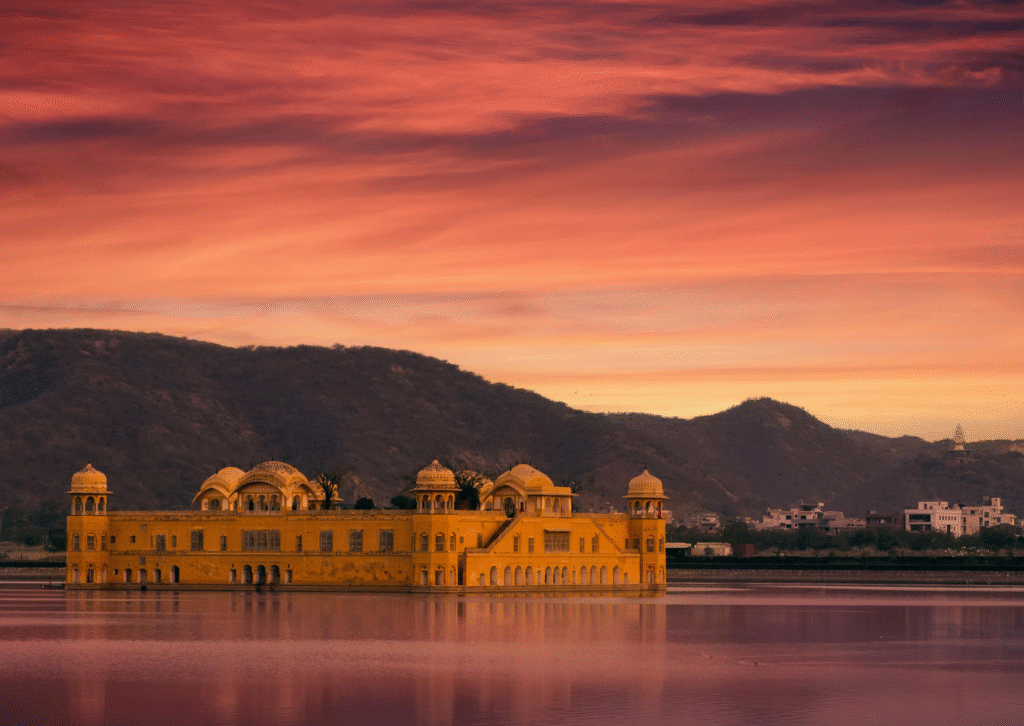
Jaipur: The Pink City of Royalty Forever
One of India’s most recognized heritage cities is Jaipur. It is the capital of Rajasthan and a city that is on UNESCO’s World Heritage List. It has pink architecture, vibrant markets and royal palaces that make it a living museum. Jaipur on the other hand, isn’t locked in the past. It has international literature festivals, boutique hotels with modern elegance and spicy Rajasthani thalis as well as food from all over the world.
Some of the best things about Jaipur’s history are:
- Amber Fort and City Palace are well-known buildings that exemplify how Mughal and Rajput styles of design may operate together.
- The “Palace of Winds,” Hawa Mahal is a fantastic site for tourists to shoot images for Instagram.
- Johari Bazaar is a local market for jewelry, Tripolia Bazaar is for bangles and Chandpole is for handicrafts.
- There are a lot of cafes, high-end stores and spaces for new enterprises to open in modern Jaipur.
- Jaipur is one of the best sites in India for cultural tourism since it is a wonderful mix of the old and the new.
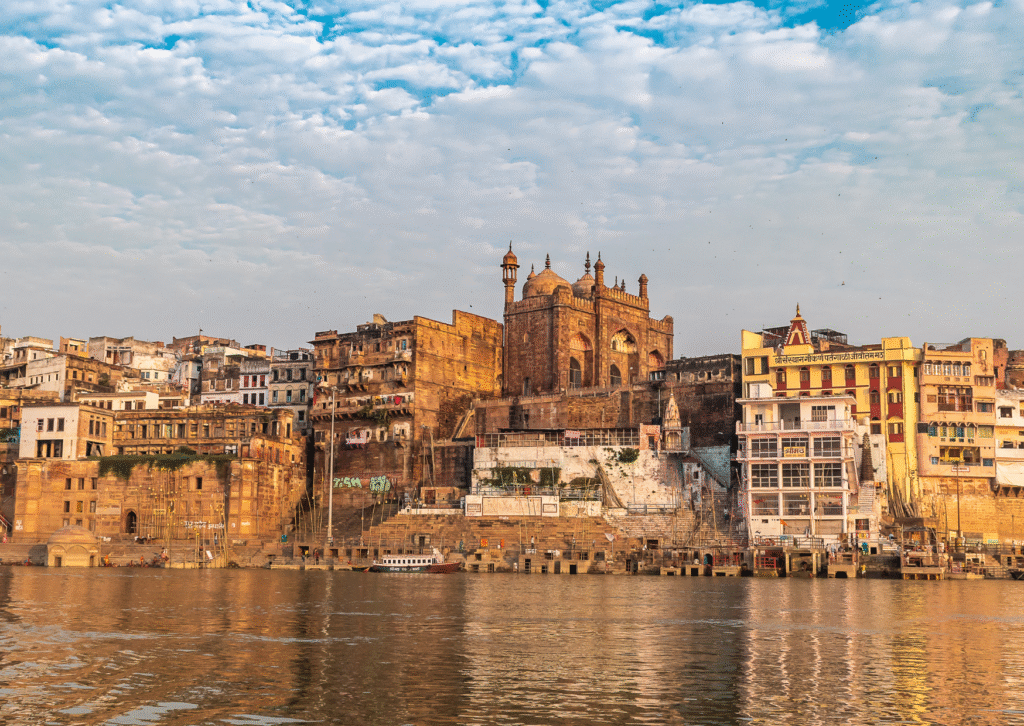
Varanasi: The City of Spiritual Heritage
Varanasi, also known as Kashi or Banaras, is the core of India’s spiritual tourism and is the oldest city in the world that is still inhabited. The ghats of the Ganges are where life happens every day, not simply old temples. Students at today’s institutions traverse the same streets as saints in saffron robes. Travelers can select between yoga retreats and trendy cafés on rooftops.
Why Varanasi is a city with a living history:
- Every night, thousands of people come to see the Ganga Aarti at Dashashwamedh Ghat.
- Banarasi sarees are still being made today which is a traditional craft.
- Sarnath is a must-see for people who love history because it is where Buddha gave his first sermon.
- A mix of old and new, fashionable co-working cafes and music festivals are doing well in an old city.
- Varanasi shows tourists that heritage is not only kept alive but also lived every day.
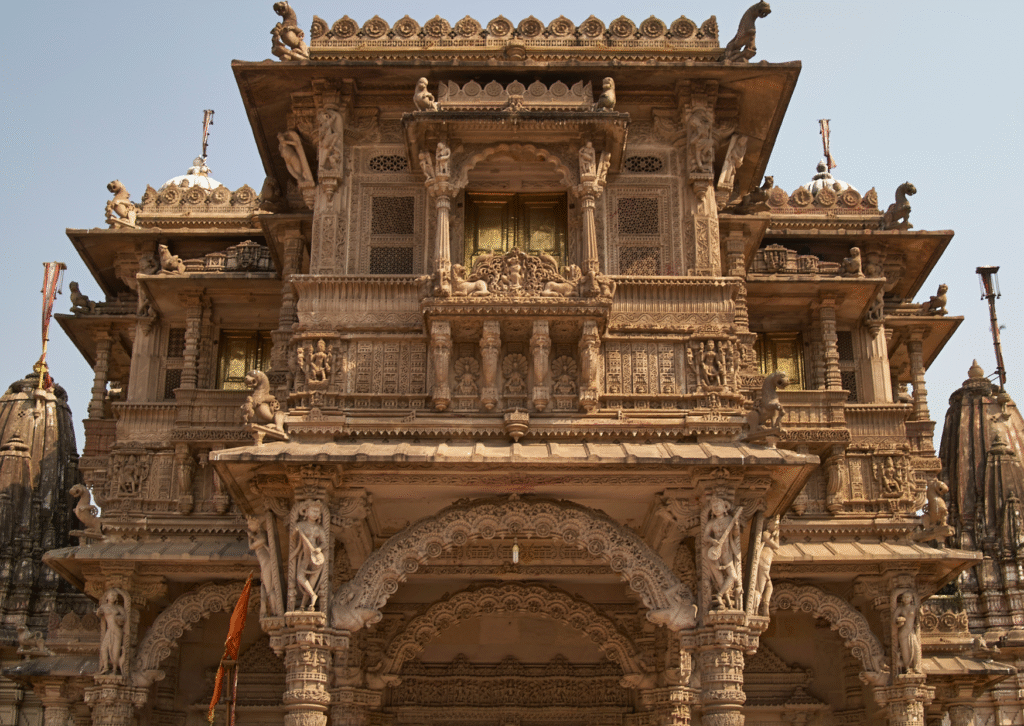
Ahmedabad
UNESCO has named Ahmedabad as India’s first historic city. In its old neighborhoods there are traditional “pols” (neighborhoods), wooden havelis, stepwells and Jain temples. But it’s also a hub for business, education and nightlife in the modern world.
Things to do in Ahmedabad
- Mahatma Gandhi lived in Sabarmati Ashram for a while and it is still a place to reflect.
- The Heritage Walk in Old Ahmedabad leads people through streets that narrate stories about India in the Middle Ages.
- The Adalaj Stepwell is a superb example of building that combines Indian and Islamic styles.
- Modern side: colleges like IIM Ahmedabad that are up to date, bustling street cuisine and nightlife.
- Ahmedabad is an example of how a city can remember its history and still be sophisticated.
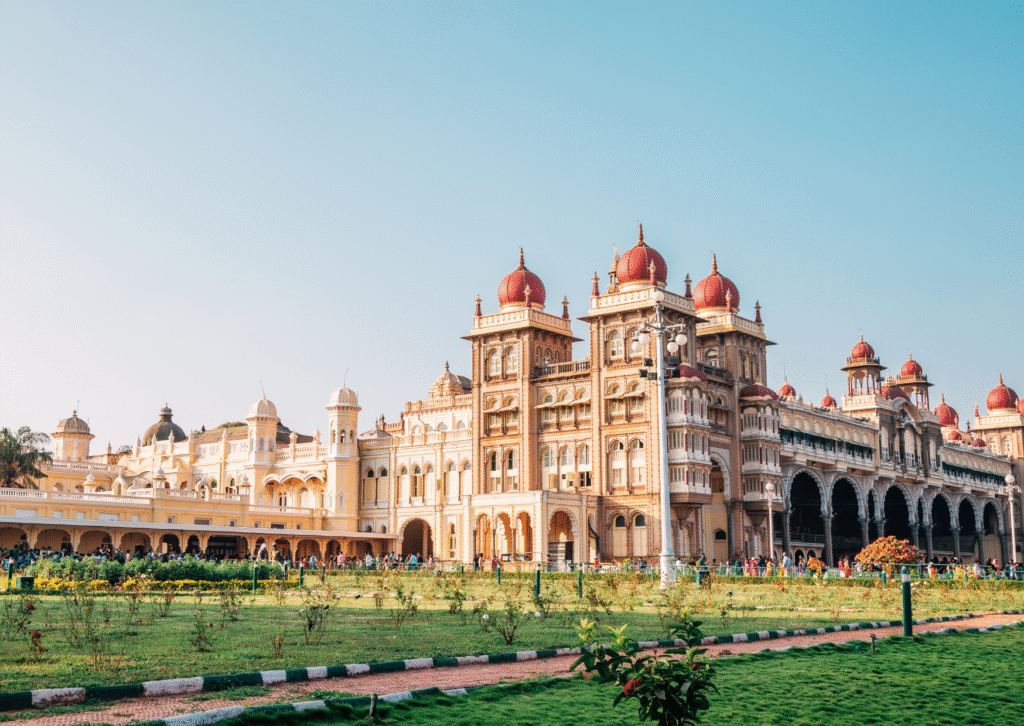
Mysore
Mysore, which means “City of Palaces,” is a city in South India that is still going strong. The famous Mysore Palace is a sign of magnificence, and people from all over the world come to its yoga centers to get fit. The city is beautiful because it can stay royal while simultaneously being a modern hub for learning and technology.
The best things about Mysore’s history are:
- Mysore Palace lights up with 100,000 bulbs every Sunday night.
- There are beautiful vistas all around Chamundi Hills which is a spiritual site.
- Mysore Silk: A weaving style that has been around for a long time.
- The vibe is modern, with yoga schools, city cafés and a rising student culture.
- People who appreciate history should visit Mysore since it brilliantly integrates its royal heritage with its current objectives.
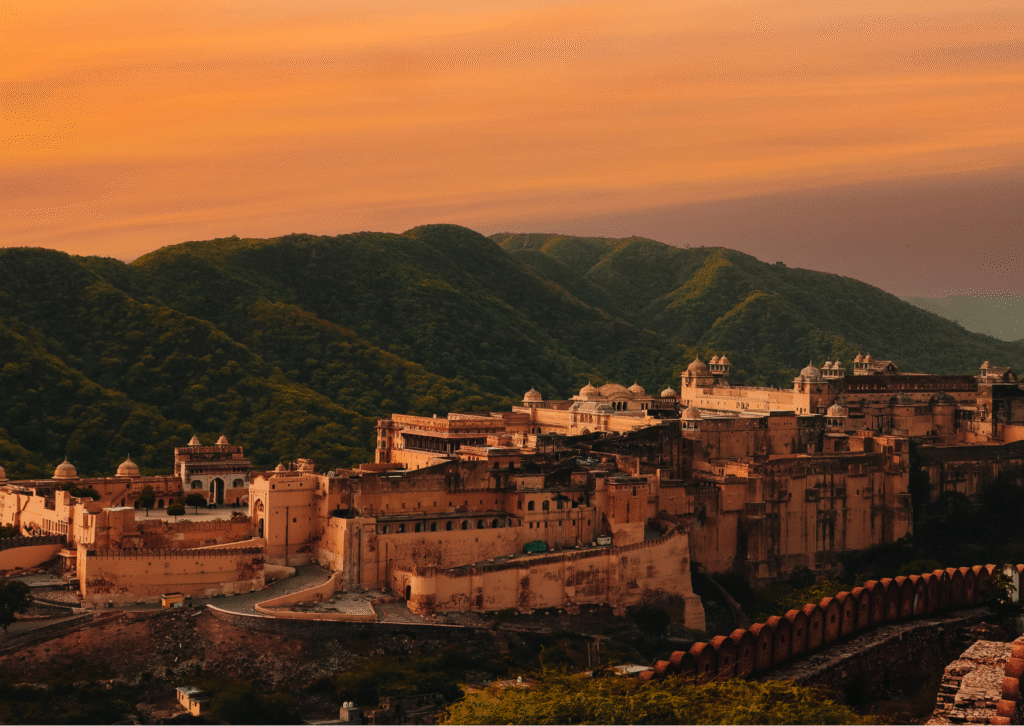
Other Significant Living Heritage Cities in India
The cities listed above are the most famous, however there are many additional cities that are well worth visiting:
- The Nawabi culture, chikankari needlework and Mughlai gastronomy are what make Lucknow famous.
- Charminar, Golconda Fort and biryani all come together in Hyderabad where IT parks are growing.
- Luxury hotels are now in palaces in Udaipur which is known as the “City of Lakes.”
- The Meenakshi Temple and the lively Tamil culture make Madurai famous.
- There are colonial structures, art festivals and modern cafés in Kolkata.
These cities exemplify how India’s rich cultural history may be leveraged to attract tourists.
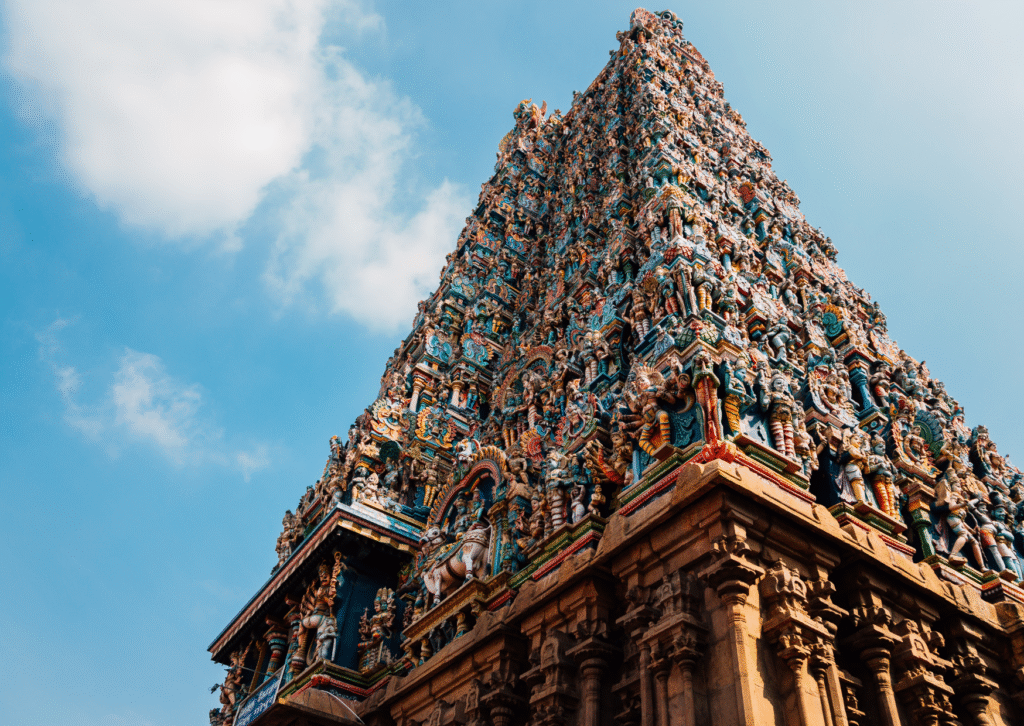
The Best Way to Enjoy Heritage Walks
One of the greatest ways to experience India’s old cities is to go on a heritage walk. These guided tours let guests experience more than simply the top attractions. Walking tours bring history to life whether you’re in the walled city of Ahmedabad, the ghats of Varanasi or the havelis of Jaipur. People in India enjoy going on heritage walks like these:
- Old Delhi’s Chandni Chowk.
- Pols and stepwells in Ahmedabad.
- There are spice markets and synagogues in Fort Kochi.
- Jaipur’s regal quarters and markets.
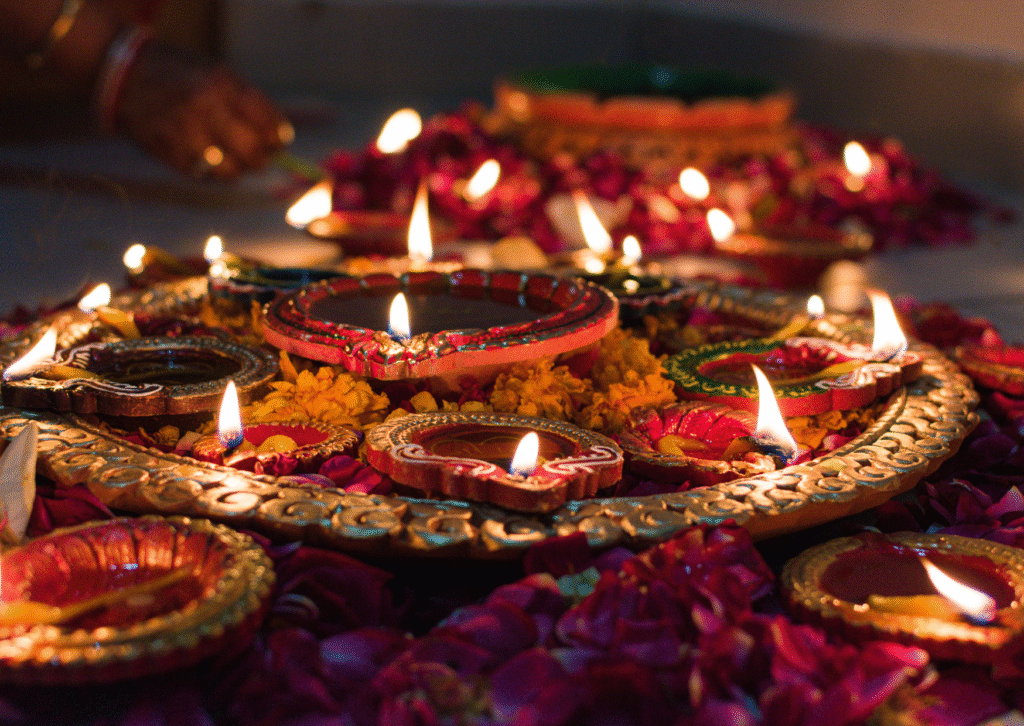
India’s heritage cities are also full with life during festivals:
- Writers and philosophers from all over the world can connect at the Jaipur Literature Festival.
- Mysore Dasara is a major 10-day celebration that celebrates culture and heritage.
- During Dev Deepawali in Varanasi, thousands of lamps light up the ghats.
- People from all over the world are thrilled to witness the Ahmedabad Kite Festival which is a colorful event.
These festivals bring heritage cities to life and attract visitors from all over the world.
India’s Living Heritage Cities are more than just places to visit, they are living and breathing cultural experiences. They show tourists how traditions still shape life today, how festivals bring people together and how traditional crafts are still going strong alongside new ones.
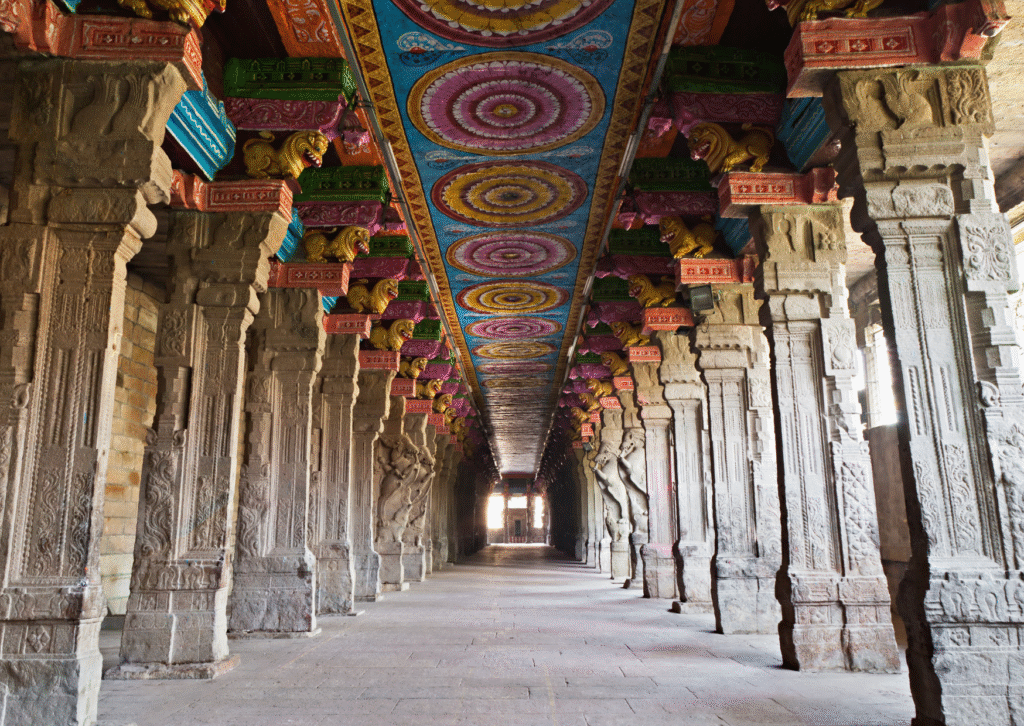
These Indian towns are the greatest for cultural tourism since they contain a lot of history, spirituality, art, astronomy and modern conveniences. When you take a walk through Jaipur’s bazaars, see the aarti in Varanasi, explore Ahmedabad’s pools or take yoga in Mysore you’re not just gazing at monuments, you’re stepping into a story that continues changing.
